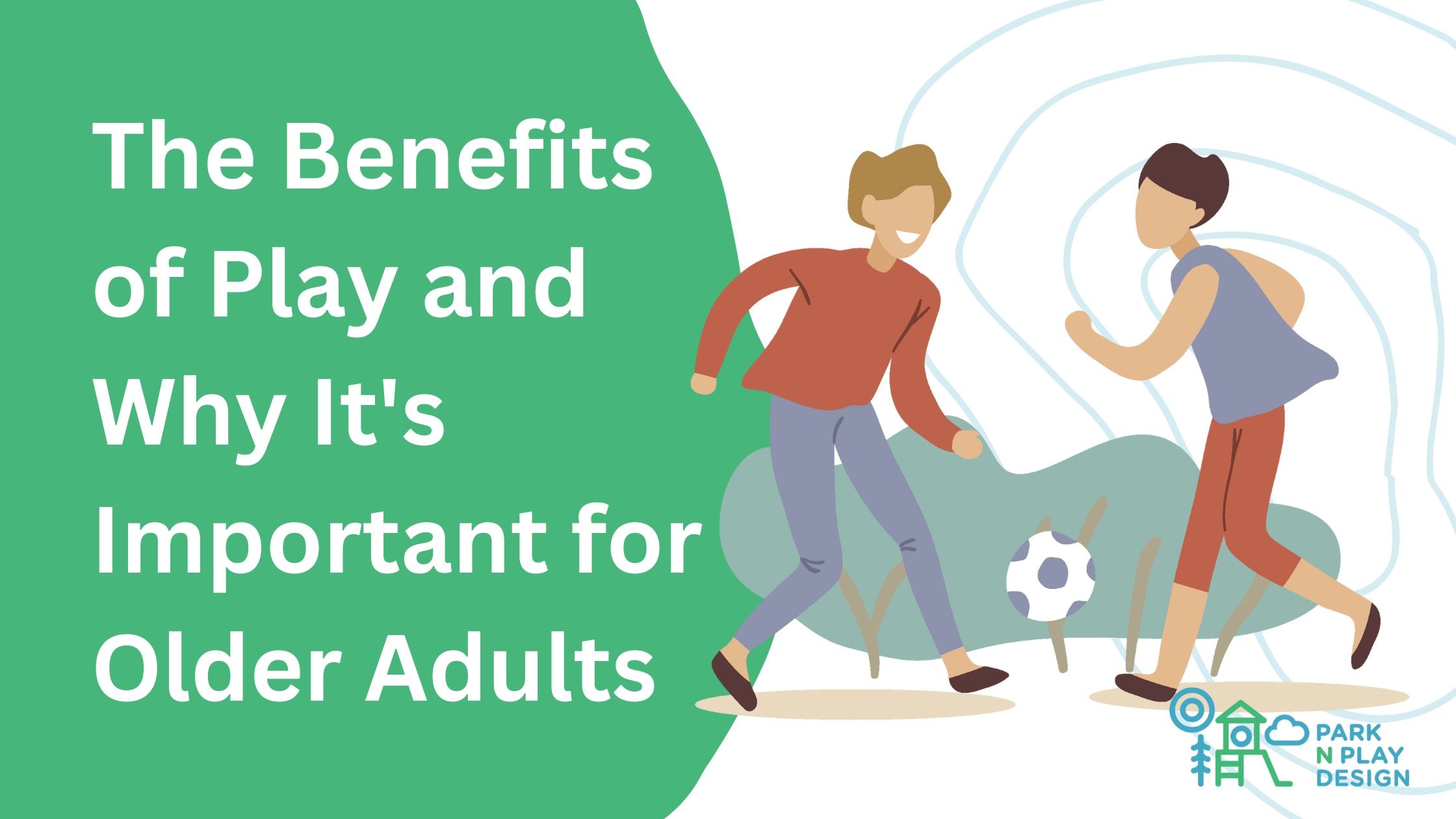7 Ways to Combat Loneliness in Seniors
Explore 7 effective ways to combat loneliness in seniors, enhancing their well-being and fostering a supportive community for older adults.


Loneliness among seniors is a pressing issue that deserves our attention. As our loved ones age, they may find themselves increasingly isolated, which can harm their overall well-being. This comprehensive guide will explore the significance of addressing senior loneliness and provide valuable insights into how you can positively impact older adults' lives.
Join us as we discover effective strategies to combat senior loneliness and create a supportive environment for our aging community members.
Understanding Senior Loneliness
Understanding chronic senior loneliness is vital for addressing this multifaceted issue effectively. This problem can be attributed to many factors, making it a complex challenge.
Senior Citizen may experience chronic loneliness due to physical limitations that restrict their ability to engage in social activities. Additionally, losing loved ones, retiring from a lifelong career, or residing in geographically isolated areas can all contribute to feelings of isolation and chronic loneliness among older adults.
It is crucial to recognize that the absence of social interaction and meaningful connections further amplifies these emotions, underscoring the importance of comprehensive solutions, including senior living communities, as recommended by the National Institute on Aging, to combat chronic senior loneliness.
Signs of loneliness and social isolation in older adults may include:
- Mood changes: Notice shifts in their emotions, such as increased anger, frustration, or disengagement. They may feel embarrassed to talk about their loneliness and become distant.
- Inconsistent sleep patterns: Loneliness and isolation can lead to poor sleep quality, resulting in insomnia, disrupted sleep, or more sleep time, whether awake or asleep.
- Altered eating habits: Watch for significant changes in their relationship with food, such as eating less, which could indicate depressive symptoms, or eating more to fill emotional emptiness.
- Increased time spent alone: If they spend more time at home without the company of friends and family, it may be due to health issues, mobility limitations, or the loss of driving ability.
- Changes in phone usage: Keep track of any noticeable changes in their phone habits. Reduced phone usage may indicate avoidance, while increased phone use, especially with family members, might signal loneliness and a need for attention.
- Rising reliance on the Internet: Even if they are not tech-savvy, a significant increase in Internet usage, particularly for social interaction, may indicate feelings of loneliness.
- Excessive shopping: Increased spending, especially on unnecessary items, can signify that they are trying to fill an emotional void.
- Substance misuse: Some older adults may turn to substance abuse, including alcohol, as a coping mechanism for loneliness. Keep an eye out for signs of excessive substance use.
Effects of Senior Loneliness

Loneliness among seniors goes beyond emotional discomfort; it can have profound consequences on their well-being. Here are some essential effects:
Physical Health Implications:
- Prolonged isolation can lead to increased stress levels, putting seniors at risk for a range of physical ailments.
- Research has linked senior loneliness to a higher likelihood of chronic illnesses, including heart disease and hypertension.
- Seniors experiencing loneliness have compromised immune systems, making them more susceptible to infections and illnesses.
Mental Health Consequences:
- Loneliness is closely associated with depression among older adults, leading to a decline in their mental health.
- Persistent feelings of isolation can contribute to anxiety and heightened levels of stress, affecting cognitive function.
- Seniors dealing with loneliness may also experience cognitive decline at a faster rate than those who maintain active social connections.
Quality of Life Impact:
- Loneliness significantly diminishes seniors' overall quality of life, eroding their sense of fulfillment and contentment.
- Isolated individuals tend to have lower life satisfaction, which can decrease motivation and engagement with the world around them.
- An impaired quality of life can further isolate seniors, creating a cycle that's challenging to break without intervention.
Increased Healthcare Costs:
- Loneliness in older adults is associated with higher healthcare utilization and increased medical expenses.
- Isolated individuals often delay seeking medical care, which can lead to more severe health issues and hospitalization.
- Healthcare professionals may struggle to provide adequate care to seniors dealing with loneliness, as it can exacerbate existing health conditions.
Social Withdrawal and Isolation:
- Loneliness can result in social withdrawal, making seniors reluctant to engage in activities they once enjoyed.
- Seniors may avoid social situations due to fear or anxiety, leading to further isolation.
- Loss of friendships and social connections can perpetuate loneliness, making it a challenging cycle to break.
Understanding these effects underscores the urgency of addressing senior loneliness. It's not just a matter of emotional well-being; it has tangible impacts on physical and mental health and the overall enjoyment of life for our elderly loved ones.
7 Effective Strategies to Combat Senior Loneliness
The seven effective strategies to combat senior loneliness are:
1. Engaging in Social Activities
Seniors have a remarkable opportunity to improve their health and social connections and liberate themselves from both social isolation and loneliness through active participation in various social activities. Incorporating outdoor activities for seniors into their routine is an excellent way to enhance these benefits.
By joining lively senior clubs or communities, they unlock doors to connect with peers with similar interests and passions. These interactions foster a deep sense of belonging and purpose, helping seniors cultivate lasting friendships and savor the joy of shared experiences, effectively countering the emotional challenges of loneliness.
2. Leveraging Technology
In the digital age, seniors can harness the power of technology to bridge geographical divides and strengthen bonds with loved ones. Connecting with family and friends through video calls transcends physical distances and warms the heart with the faces and voices of those they cherish, even when separated by miles.
Moreover, seniors can embark on virtual adventures by exploring senior-friendly social media platforms to engage in meaningful conversations, share experiences, and cultivate new friendships. Embracing these technological tools opens doors to a world of virtual socialization, ensuring that seniors remain digitally connected and never feel alone.
3. Volunteering and Giving Back
Encouraging seniors to engage in acts of altruism and give back to their community can serve as a powerful remedy for loneliness, helping them overcome loneliness. Through the act of volunteering, they embark on a journey that renews their sense of fulfillment and purpose, enriching their lives with significant experiences.
The positive impact of extending a helping hand to others goes beyond the immediate act itself; it resonates far and wide, not only countering feelings of loneliness but also fortifying a senior's sense of self-worth. As they contribute to their community, seniors can rediscover their significance, cultivating connections and relationships that nurture their overall well-being, whether they are involved in senior centers or other community initiatives.
4. Pet Companionship
Embracing the joy of pet companionship is like inviting a bundle of love and companionship into a senior's life. Owning pets offers many benefits, including constant companionship, which fills the void of loneliness with furry warmth.
Beyond companionship, pets have a magical ability to reduce stress and anxiety, offering solace in their soothing presence. Moreover, the responsibility of pet care often encourages increased physical activity, keeping seniors active and engaged.
The key to a harmonious relationship with a furry friend lies in choosing the right pet, ensuring compatibility and a bond that blossoms into a loving, lifelong friendship.
5. Seeking Professional Help
To combat senior loneliness, seeking professional assistance can be a guiding beacon. Therapists and counselors play a pivotal role in addressing the multifaceted aspects of loneliness, including its emotional toll and associated mental health challenges.
Their expertise equips seniors with valuable tools to navigate the intricate terrain of loneliness, providing effective coping strategies and fostering a pathway to thrive. Furthermore, senior support groups offer a refuge, creating a safe and empathetic space where individuals can candidly share their experiences and emotions.
Within these groups, a profound sense of belonging flourishes, serving as a poignant reminder to seniors that they are not alone in their struggles and that support is always within reach.
6. Creating a Loneliness-Free Environment
Transforming living spaces into warm and inviting environments is a powerful way to combat senior loneliness. By modifying their residences for comfort and social interaction, seniors can experience a renewed sense of community within the comfort of their homes.
These modifications encourage socialization and create spaces where meaningful connections can flourish. Moreover, family involvement and regular visits are essential to ensure seniors stay deeply connected to their loved ones.
These visits inject life and love into their everyday routines, nurturing bonds that provide a steadfast shield against loneliness.
7. Promoting Physical Activity
Discovering the transformative power of physical activity is crucial in healthy aging and combating senior loneliness. Engaging in personalized exercise routines leads to improved physical health and triggers the release of natural mood-boosting endorphins, significantly reducing the emotional weight of feeling socially isolated and lonely.
The positive effects of staying active transcend the realm of physical well-being, venturing into the territory of mental and emotional equilibrium. Seniors who embrace regular exercise often find themselves in higher spirits, experiencing an overarching sense of balance that serves as a formidable shield against the emotional challenges posed by loneliness, whether in a senior living community or not.
Additional Tips for Keeping Older Adults Connected

Additional tips for keeping older adults connected include:
- Regular phone calls help seniors stay connected with loved ones, even when physical visits aren't possible.
- Sending letters or cards shows thoughtfulness and provides a tangible connection.
- Organizing family gatherings creates cherished moments and reinforces bonds among generations.
- Surprise visits from family or friends can bring immense joy and a sense of belonging.
- Sharing family stories by narrating family history and stories fosters a sense of identity and connection.
- Helping seniors navigate technology like smartphones and social media can facilitate virtual connections.
- Going through photo albums together sparks conversations and rekindles memories.
- Supporting seniors in pursuing hobbies and interests keeps their minds engaged and connects them with like-minded individuals.
Conclusion
Addressing senior loneliness is not only a moral responsibility but also crucial for the health and happiness of our older adults. By implementing the effective strategies discussed in this guide and creating a nurturing environment, we can make a significant difference in the lives of seniors.
Let's take action against senior loneliness today and ensure our aging community members enjoy the companionship and support they deserve. To create a loneliness-free environment for seniors, consider exploring Park N Play Design.
Park N Play Design offers therapeutic outdoor recreation equipment to promote physical activity and social interaction among older adults. Visit the website to learn more about how you can enhance the lives of seniors in your community.
FAQs
How do you help a lonely senior?
Maintaining regular communication, spending quality time together, and encouraging social engagement through activities like joining clubs or volunteering to assist a lonely senior is crucial. Additionally, providing emotional support and considering professional help can significantly alleviate their loneliness.
What are the leading causes of loneliness in older people?
Loneliness in older people can be attributed to various factors, including physical limitations restricting social interaction, losing loved ones, retirement leading to reduced social connections, and living in isolation due to geographical factors. These elements often combine to create feelings of loneliness and isolation among older adults.
What are the interventions for loneliness?
Interventions for loneliness in seniors encompass a range of strategies, such as promoting social activities, leveraging technology for connectivity, encouraging volunteering and community involvement, considering pet companionship, seeking professional help from therapists or support groups, creating a supportive living environment, and promoting physical activity. These interventions address the root causes and provide seniors meaningful connections and engagement opportunities.











